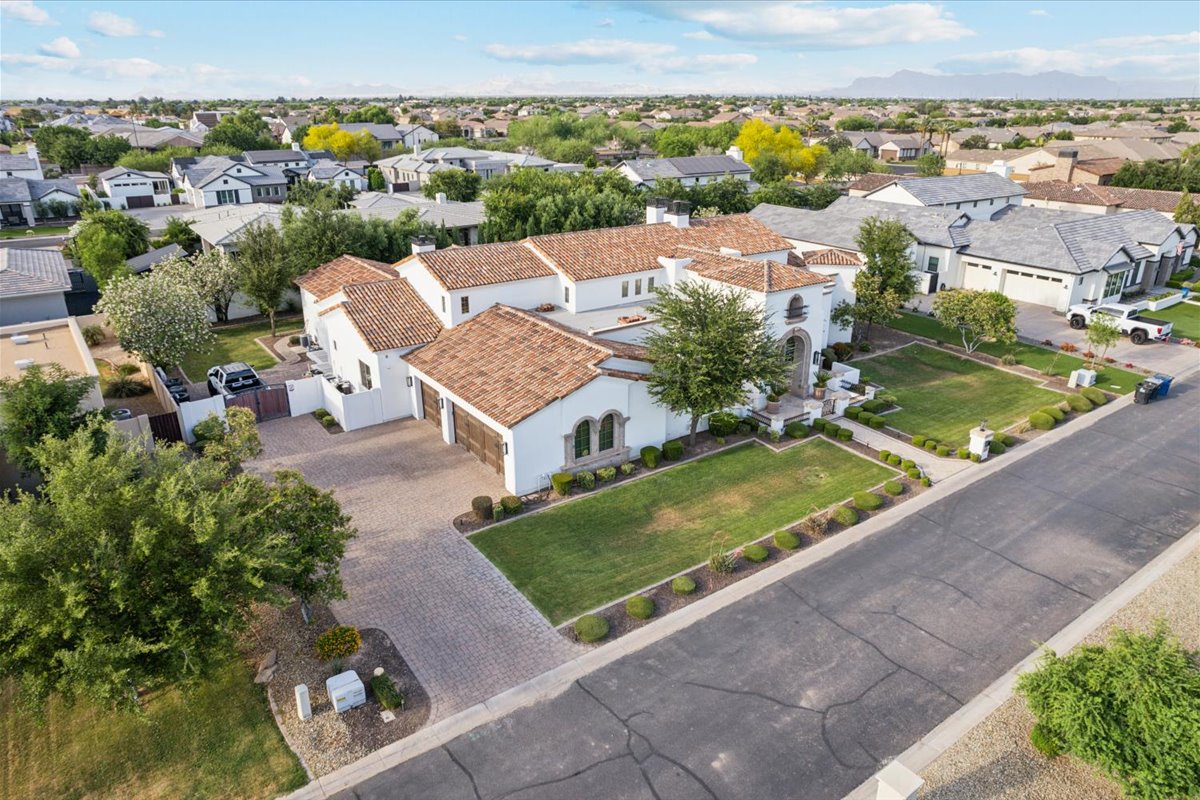The Impact Of The Lock-In Effect On Today’s Real Estate Market
The Shifting Rules Of Housing Affordability
Housing affordability isn't what it used to be. While mortgage rates are slowly easing, the number of home sales isn't expected to surge any time soon. This shift leaves both investors and buyers recalculating their expectations for the real estate market. What’s going on, and why aren't more homes being sold despite the improvement in affordability?
Mortgage Rates & Buyer Hopes
For those keeping an eye on the housing market, it’s clear that recent rate cuts aren't leading to the boom some anticipated. Yes, mortgage rates have fallen, but that alone isn’t enough to drive a significant increase in home purchases.
- Rate cuts don't directly affect mortgage rates
- 30-year fixed mortgage rates have dropped by 180 basis points
- Affordability has improved but home sales remain slow
The expectation that lower rates would naturally lead to a spike in home sales hasn't panned out. With rates slightly easing and affordability on the rise, the market is still facing major obstacles. But why?
Also Read: What To Expect From Your Realtor When Buying Real Estate

What's Holding Back Sales?
Even though mortgage rates have dropped, tight housing inventory continues to restrict market growth. With fewer homes available, prices stay high, limiting the boost that typically follows an increase in affordability.
- Inventory is historically low
- Housing turnover is near a 40-year low
- Home prices remain high despite improved affordability
There just aren’t enough homes available. That’s the main problem. The number of homes on the market has shrunk, leaving prospective buyers struggling to find affordable options even with the lower rates.
The Lock-In Effect
A key issue in today’s housing market is what some call the “lock-in” effect. Homeowners with low-rate mortgages, especially those secured during the pandemic, are holding onto their homes instead of selling. Why move when your current mortgage rate is much lower than the current rates?
- Homeowners are holding onto low-rate mortgages
- Most existing mortgages have lower rates than today’s offers
- Many are reluctant to refinance or sell
With over 80% of homeowners locked into better rates, it’s no surprise that inventory is thin. These homeowners aren't in a hurry to sell or refinance, leaving the housing market stagnant in many regions.
Also Read: Greater Phoenix Real Estate Market Update For October 2024

Slow & Steady Growth
The housing market may eventually see more activity, but it’s not going to be a swift turnaround. Over time, as more inventory becomes available and mortgage rates continue to stabilize, sales may increase. But this growth will be modest compared to past housing booms.
- Analysts expect sales to increase slowly
- Price growth is expected to moderate by year’s end
- Home sales may rise by around 5% in the next year
Patience will be key for investors and homebuyers. Though the environment seems poised for recovery, it’s a slow road to increased sales and lower prices. It’s a different era in housing affordability, with changes that leave the future more uncertain than in previous decades.
Final Thoughts
The housing market today is a mixed bag. Mortgage rates are down, but inventory is still too tight to see the kind of sales increases people are used to in periods of improved affordability. With homeowners holding onto their low-rate loans, the market’s recovery will likely be gradual. As a result, sales growth will lag behind past cycles, leaving buyers and investors with more questions than answers in the near term.
Also Read: What To Know About Handling A Home Inheritance With Siblings


















